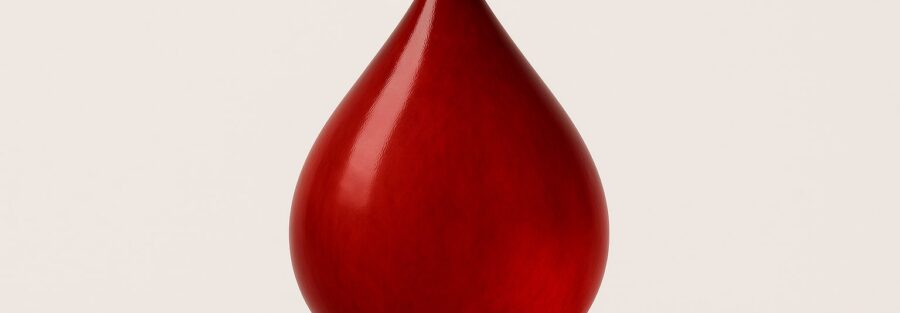Co-authored: Arlind Seraj, Liri Seraj
“Hi doctor, should I come tomorrow for my transfusion? Did you find any fully phenotype-matched blood for me?”
These are the words from one of my Thalassemia Major patients, almost every 10-days. It hurts telling them “I’m sorry…we do not have any transfusion for you yet.”
How can we overcome this problem? It’s been years searching for solutions. From drug repurposing to reduce transfusions to Lab made blood.
In my clinical practice there are over 4500 transfusions received every year by thalassemia patients, not to mention the myelodysplasia or the severely anaemic patients of any age who might be in need of transfusions. Despite the high requests, there are very few who would voluntarily donate blood. They might be family members of the patients at risk or to the patients in need for surgery, who by Albanian law have to donate blood prior to any intervention.
Are we there yet?
Researchers at Nara Medical University in Japan have already commenced clinical trials, previously announced in July 2024, for an artificial Red Blood Cell product, which is specifically designed for universal transfusion compatibility. The first phase will focus on administering healthy adults 100-400ml of blood. Their aim is that by 2030 they use it in emergency scenarios. It is indeed an innovation we will look forward to, it aims to address critical challenges in emergency medicine and blood supply logistics.
However, the first clinical trials were made in 2022 in the UK by transfusing RBCs into healthy volunteers to assess its safety and longevity.
Development of Hemoglobin Vesicles (HbVs)
But what is this Artificial Blood they are working on in Japan? First, it’s important to note—it’s not entirely lab-made. Even though the titles might be misleading, they have developed Hemoglobin vesicles, which will store hemoglobin from already expired blood, by prolongating its shelf storage longevity. Hemoglobin vesicles (HbVs), the artificial part, is created by biocompatible lipid membranes. This design mimics the oxygen-carrying function of natural red blood cells while eliminating blood type antigens, which are expressed on the RBCs membrane, making it possible for transfusions to be performed without the need for blood type matching.
Advantages Over Traditional Blood Transfusions
HbVs offer several potential benefits compared to conventional blood transfusions:
- Universal Compatibility: No blood type antigens equals to no risk of transfusion reactions due to incompatibility.
- Extended Shelf Life: Their aim is to extend the shelf life of the blood from 4 weeks to 2 years.
- Reduced Risk of Infections: As the manufacturing process includes steps to remove pathogens, it potentially lowers the risk of transfusion-transmitted infections.
Implications for Emergency and Remote Medicine
The advantages we mentioned previously make the development of HbVs significantly promising for emergency medicine, particularly in situations where immediate access to compatible blood is critical. Their stability and universal compatibility make them ideal for use in remote locations, disaster zones, and military settings where traditional blood supplies may be scarce or unavailable.
Future Prospects of Universal Artificial Blood
Successful implementation could revolutionize worldwide transfusion medicine, with an emphasize on regions with blood shortages or limited infrastructure. For thalassemia patients, long-term adoption depends on proving safety in chronic use and cost-effectiveness.
Final thoughts
I am quite excited about this development as a clinician. My thalassemia patients, and my chronic transfused patients would benefit in terms of eliminating frequent donor matching and reducing iron overload risks from frequent transfusions.
Disclaimer: This article is true to the best of the authors’ knowledge as of May 18, based on information publicly available. For the latest updates on the clinical trials and development of hemoglobin vesicles, please refer to official publications and announcements from Nara Medical University and associated research institutions.
References:
- Azuma H, Amano T, Kamiyama N, Takehara N, Jingu M, Takagi H, Sugita O, Kobayashi N, Kure T, Shimizu T, Ishida T, Matsumoto M, Sakai H. First-in-human phase 1 trial of hemoglobin vesicles as artificial red blood cells developed for use as a transfusion alt
- Nara Medical University. (2024). Manufacture of artificial red blood cell preparations and Phase I clinical trials conducted by Nara Medical University.University Journal Online.
- Kyodo News. (2024). Clinical trial on artificial blood cells to begin in


